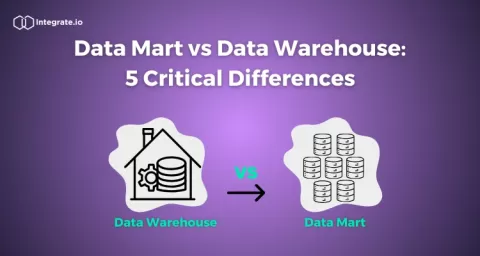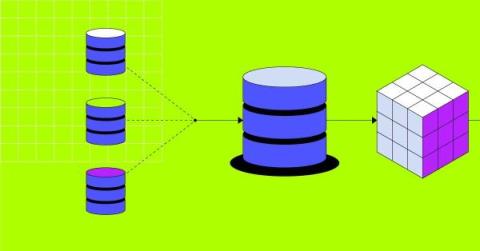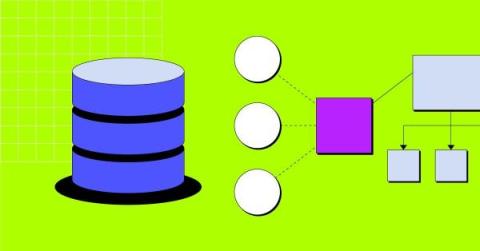Systems | Development | Analytics | API | Testing
Data Warehouses
Announcing New Innovations for Data Warehouse, Data Lake, and Data Lakehouse in the Data Cloud
Over the years, the technology landscape for data management has given rise to various architecture patterns, each thoughtfully designed to cater to specific use cases and requirements. These patterns include both centralized storage patterns like data warehouse, data lake and data lakehouse, and distributed patterns such as data mesh. Each of these architectures has its own unique strengths and tradeoffs.
ETL and Data Warehousing Explained: ETL Tool Basics
Data Mart vs Data Warehouse: 5 Critical Differences
Multi-tiered architectures for data warehouse
In The fundamentals of data warehouse architecture, we covered the standard layers and shared components of a well-formed data warehouse architecture. In this second part, we’ll cover the core components of the multi-tiered architectures for your data warehouse.
The Value of an Enterprise Data Warehouse
Marketing Data Warehouse: A Simple Step-By-Step Guide
The fundamentals of data warehouse architecture
By the end of this two-part series, we will dive into what data warehouse architecture is and how to implement one for your organization. Part one will look at architectural layers and common data warehouse components, while part two dives into multi-tiered data warehouse architecture.











